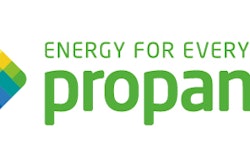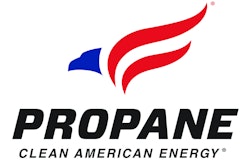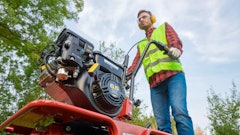
The Propane Education & Research Council (PERC) is emphasizing the need to accelerate decarbonization with clean energy sources like propane. A new study from the National Oceanic and Atmospheric Administration (NOAA) found atmospheric levels of carbon dioxide peaked during May 2021 to the highest levels ever recorded at an average of 419 parts per million.
“The construction industry contributes significantly to carbon emissions, which is why it’s mission critical for crews to be mindful of the equipment and energy sources being used on project sites,” said Matt McDonald, director of off-road business development for PERC. “Propane offers a clean, low-carbon energy solution for crews, helping to accelerate decarbonization.”
Together, building and construction are responsible for 39 percent of all carbon emissions in the world, according to data from the World Green Building Council. Of the 39 percent, operational emissions account for 28 percent and the remaining 11 percent comes from embodied carbon emissions or ‘upfront’ carbon that is associated with materials and construction processes throughout the whole building lifecycle.
Construction professionals and contractors can do their part to lower these emissions by being well-versed on their energy source selections. Propane offers a one-fuel solution, fueling equipment used for power generation, jobsite heat, material handling, and concrete work.
Propane is an approved clean alternative fuel that produces fewer greenhouse gas emissions than diesel, gasoline, and electricity, presenting an opportunity to significantly reduce emissions and improve air quality on construction sites. Notably, propane-powered small-engine jobsite applications can reduce CO emissions by up to 50 percent, greenhouse gas emissions by up to 17 percent, and sulfur oxide (SOx) emissions by up to 16 percent compared with gasoline models.
Additionally, propane equipment emits fewer total nitrogen oxide (NOx) emissions than equipment fueled by electricity, gasoline, and diesel. Because of its low-emissions profile, propane offers the versatility to operate equipment indoors (in properly ventilated areas) and support healthy air quality for both employees and the surrounding community.
Construction professionals interested in how they can lower emissions with propane can visit Propane.com/Construction-Equipment.
Information provided by PERC and edited by Alexis Sheprak.





















